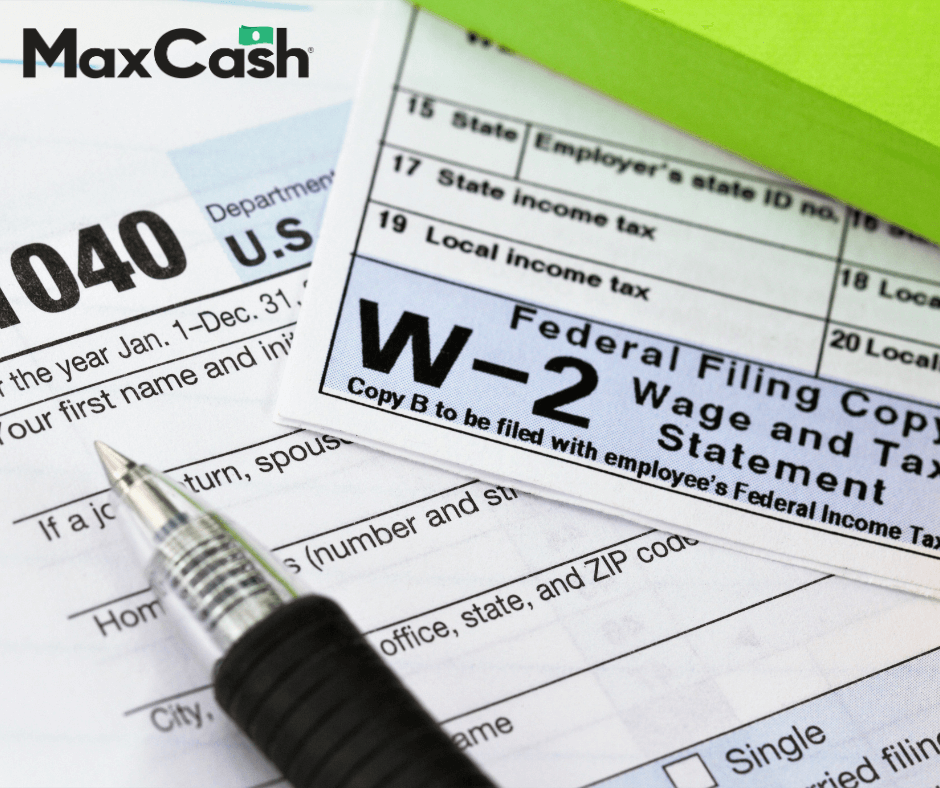What is the Child Tax Credit?
Tax season is right around the corner, and many parents are gearing up to file their returns. The Child Tax Credit of 2024 is meant to give parents a tax break. This break can be up to $2,000 per eligible child. A portion of this credit (up to $1,700) may be refundable through the Additional Child Tax Credit (ACTC). This means that if the credit exceeds the taxes you owe, you could receive a refund for the difference. Recently, the IRS announced the CTC credit maximum for 2025, which applies to returns filed in 2026. The max amount for the credit remains to be $2,000, with a max refund of $1,700 per qualifying child.
Even if you don’t normally file a tax return, you can be eligible for this tax break. As long as you file the claim for it in the appropriate timeframe and you meet the criteria, you’re golden.
What Do I Need to Qualify for the Child Tax Credit for 2024?
First and foremost, to qualify for this type of tax credit, you must be a parent or legal guardian. Additionally, the following eligibility criteria must be met to receive approval for this credit:
- The Child Must Be Under 17 Years Of Age At The End Of The Tax Year
- The Child Must Be A Dependent And Have A Valid SSN.
- The Child Must Be Your Son, Daughter, Stepchild, Foster Child, Sibling, Step-Sibling, Half-Sibling, Or A Descendant Of Any Of These.
- The Child Must Live With You For More Than Half The Year.
- You Must Meet Income And Filing Status Requirements
Who is Phased Out of the Child Tax Credit in 2024 and 2025?
Under the Tax Cuts and Jobs Act (TCJA) of 2017, the CTC begins to phase out single filers with a MAGI (Modified Adjusted Gross Income) above $200,000 and for married couples filing jointly with a MAGI above $400,000. Before the TCJA was in place, the CTC let taxpayers reduce their tax liabilities by up to $1,000 per child.

The TCJA enacted a temporary change in the credit’s parameters through the end of 2025. So the CTC was increased for eligible parents and legal guardians. The purpose of the act was to reduce economic hardship for families. This was true especially for lower-income families experiencing food scarcity and other financial issues. Without a formal extension from Congress, the CTC will inevitably revert back to $1,000 in 2026.
If you have been phased out due to income, the credit is reduced by $50 for each $1,000 (or fraction thereof) by which the taxpayer’s MAGI exceeds the threshold.
When filing individually and your annual gross income exceeds 200,000, your tax credit per child will decrease. In the case that you are filing jointly with a spouse and your combined annual gross income exceeds 400,000, then you can expect a similar decrease with your tax credit or additional tax credit.
Additional Information on Tax Preparation and Credits: Tax Preparation – Max Cash®
Last Date of Filing for the Child Tax Credit in 2025
The Child Tax Credit for 2024 will be claimed on tax returns filed in 2025. The last day to file the CTC in 2025 is April 15th. In order to claim this credit, you will need to fill out the IRS Form 1040 and Form 8812. The first form is to file your annual taxes, and the second form is required to file for the applicable credit for children or dependents. If you or your spouse filed a 2555 form or a 2555-EZ form, you are not eligible for additional tax credits for dependents.
In some states, such as California or Colorado, you can be eligible for state-level CTC claims, so be sure to contact a local tax professional or check out the website of the applicable government agency in your state to get more information.
Errors With Child Tax Credits
Filing false claims involving tax credits, including the Child Tax Credit, can result in penalties from the IRS. If a CTC claim is found to be inaccurate, the consequence could be a fine of up to 20% of the credit amount claimed by the parent. Prior to submission, ensure that your claim is as accurate as possible and that both you and your child(ren) meet the criteria.
Other Tax Credits You Could Qualify for
Besides the CTC, you can explore other tax credits, including:
- Child and Dependent Care Credit
- Adoption Credit and Adoption Assistance Programs
- Education Credits
Keep in mind that the Child and Dependent Care Credit is not the same as the Child Tax Credit. The CTC works to actively reduce the tax burden for families with qualifying children, and in some cases, offers a partial refund. In contrast, the Child and Dependent Care Credit provides financial relief for families who incur expenses for childcare or dependent care that is necessary for the parent to work or actively seek employment. The CDCC is specifically focused on covering care costs, such as daycare or after-school programs, and applies to both children and other qualifying dependents, such as disabled adults.


